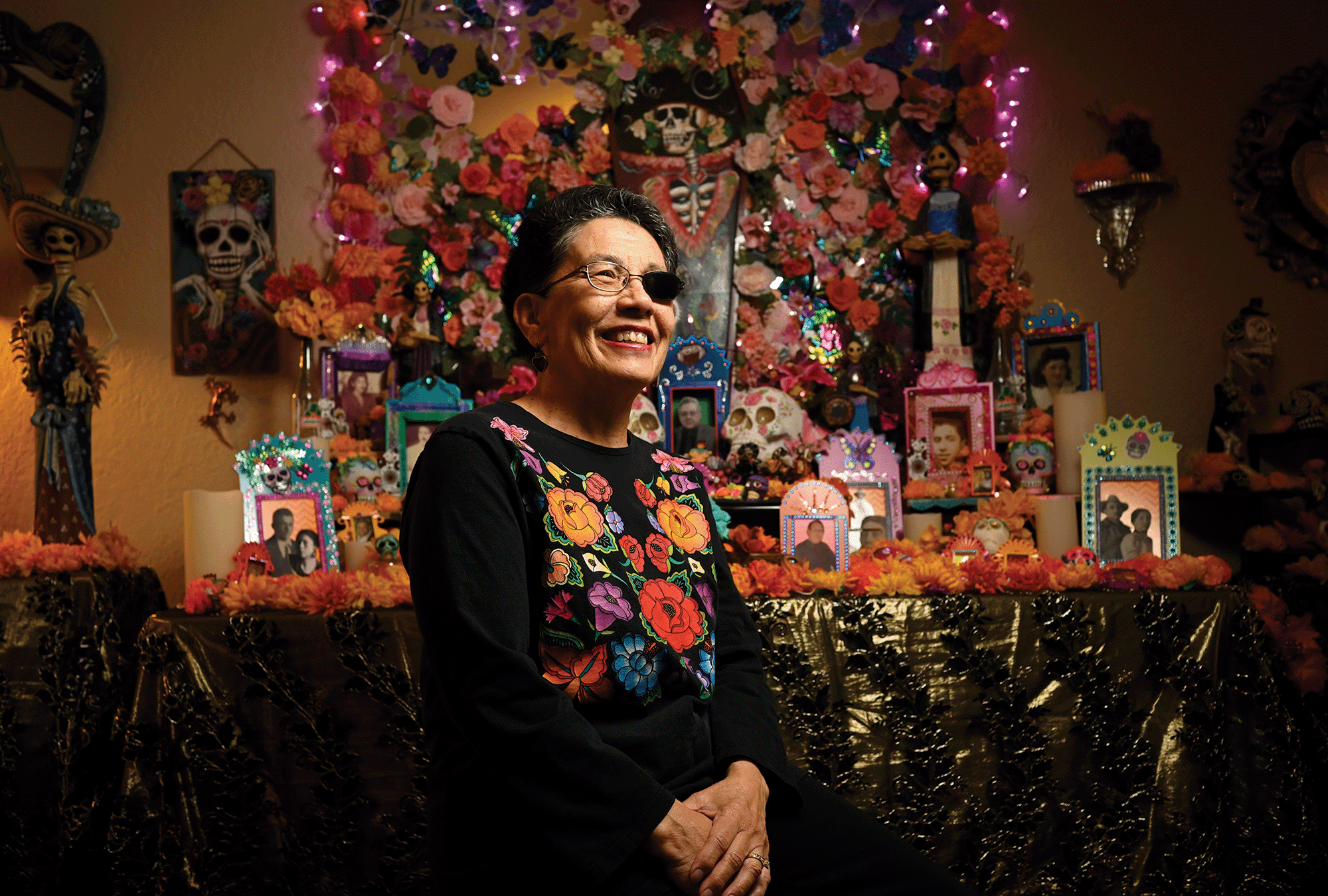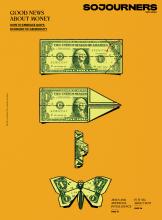Share As A Gift
Share a paywall-free link to this article.
This feature is only available for subscribers.
Start your subscription for as low as $4.95. Already a subscriber?

Rev. Sam Dessórdi Peres Leite is rector of St. James the Apostle Episcopal Church in Tempe, Ariz. He spoke to Sojourners associate news editor Mitchell Atencio.
IN MY CHILDHOOD we would go to the cemetery early in the morning on the Day of the Dead [Nov. 2]. We would clean the graves and paint them. We would eat by the graves and tell stories of the person buried there and laugh. It was a light experience and joyful in the sense of becoming one family again, so the deceased and living were together for at least one day.
When I was in Washington, D.C., I noticed the Days of the Dead becoming more popular for people who are not of Mexican, Central American, or Latin American descent. Churches started bringing in the elements [of the celebration], not knowing how to properly use them. So I offered workshops to help church leaders understand where the tradition came from. It’s important for people to learn the historical meaning, how Latinos identify with the festival, and ask, “How can we honor that tradition?”

Got something to say about what you're reading? We value your feedback!